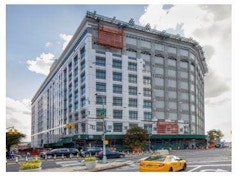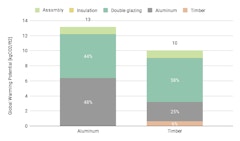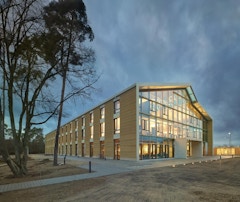
ETFE Membrane Envelope Strategies
Airflow within the cavity of double-skin facades is a key component of adaptive building envelopes which change thermophysical properties to meet

Airflow within the cavity of double-skin facades is a key component of adaptive building envelopes which change thermophysical properties to meet


Center Three is a 100-year-old, one million square-foot building in Long Island City, New York that was constructed over the course of one year. It




The building envelope is at the intersection of embodied and operational emissions. Curtain wall specifically could play an important role in

In order to get to a carbon neutral building stock – which is e.g. required by the EU Carbon roadmap by 2050 – our efforts need to be smart and
Case study of the recently opened John A. Paulson Center for New York University in Manhattan reviews design solutions of façade depth and scale to


Life cycle assessment was introduced in the 1970s as an analytical tool to quantify the environmental impact of a product, process, or service.





